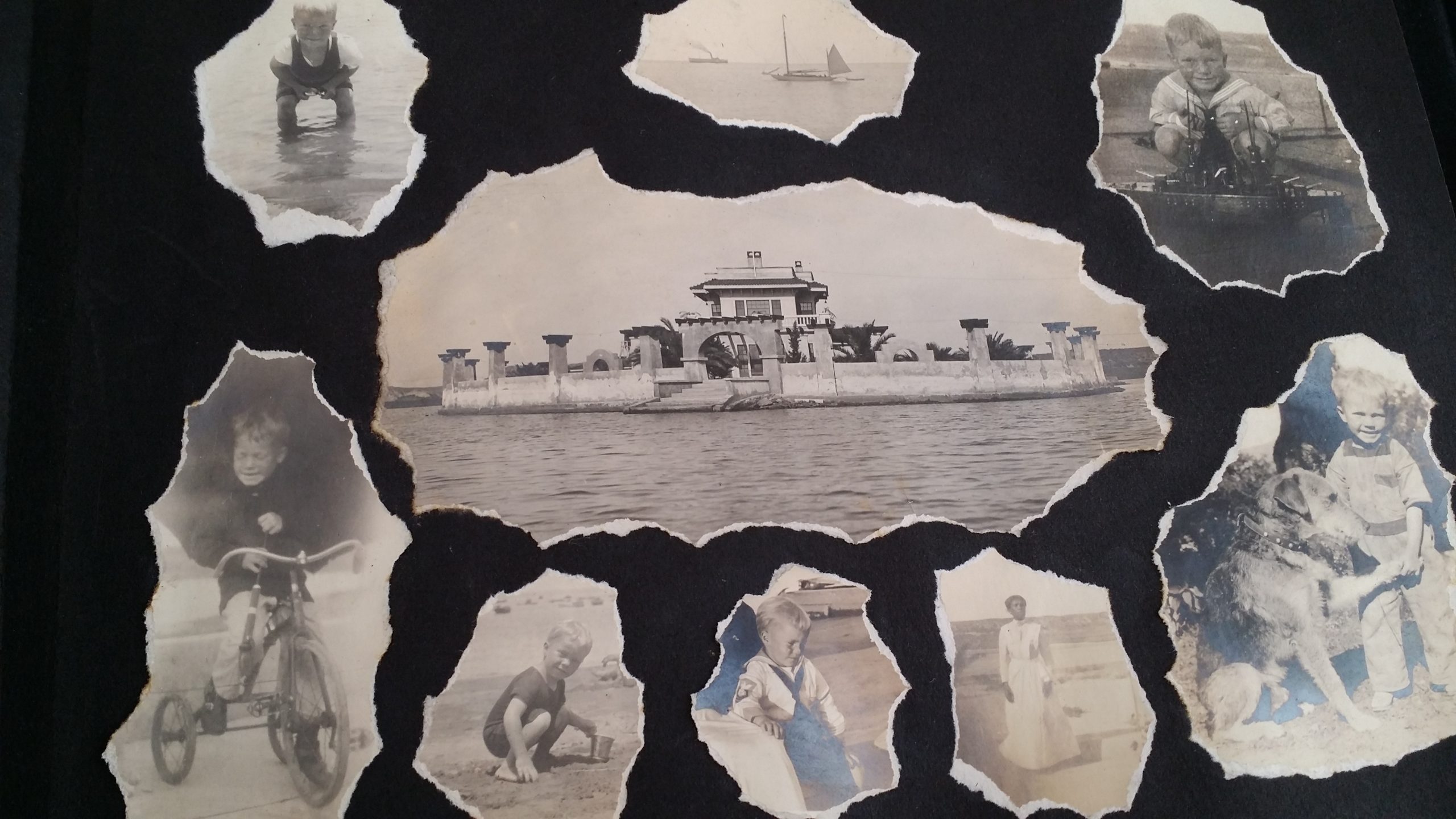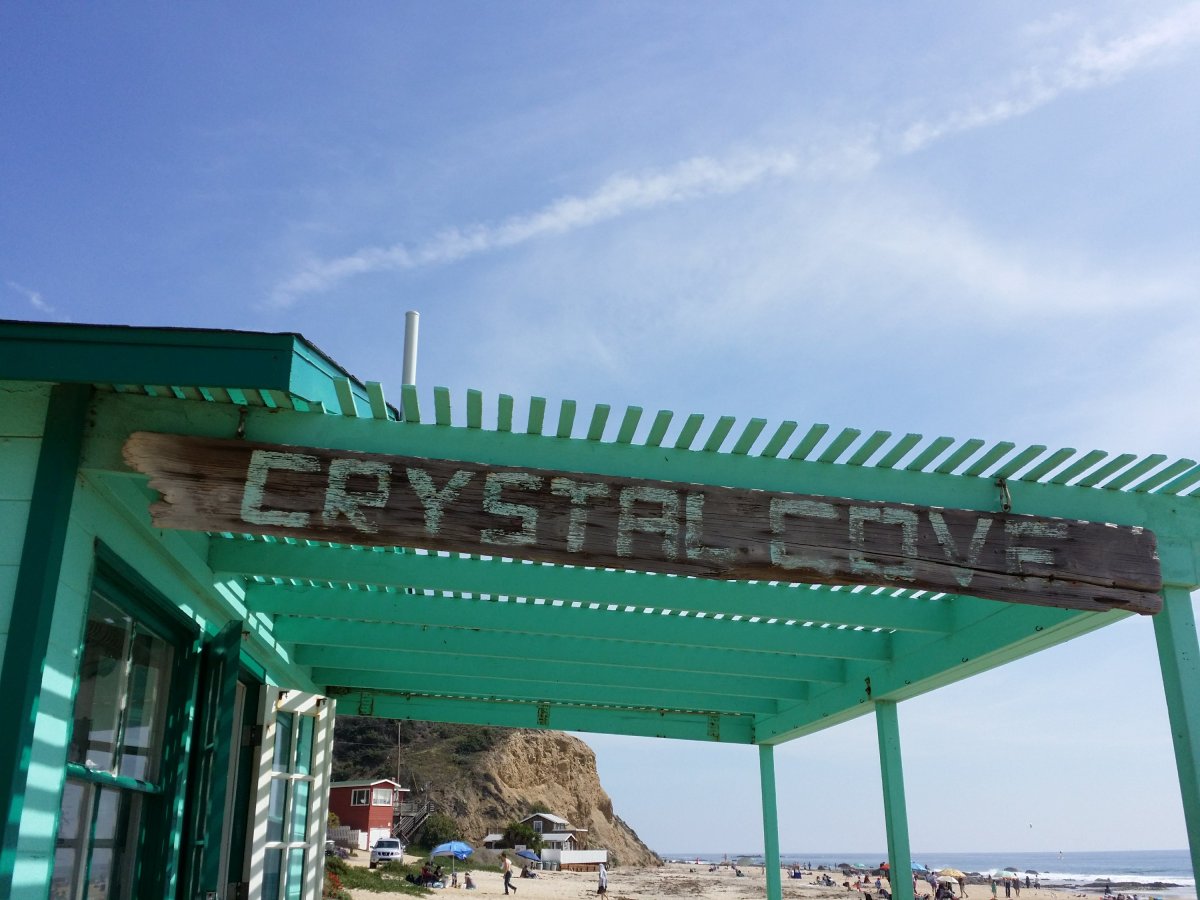
According to the Department of Defense, “American women played important roles during World War II, both at home and in uniform. Around 5 million civilian women served in the defense industry and elsewhere in the commercial sector during World War II with the aim of freeing a man to fight.”
Women served in World War II in the home front. You can visit the Rosie the Riveter World War II/Home Front National Historical Park in Richmond, California.
Rosie The Riveter Trust – National Park is dedicated to preserving these memories. We recommend rosietheriveter.org to view oral histories.
Learn the History of Rosie, a female archetype of strength and leadership, to learn more and view online materials.

Betty Reid Soskin, 98, worked in Richmond’s shipyard during the war and shares her memories with visitors. Betty herself worked in Richmond, but not as a Rosie the Riveter. She was a 20-year-old clerk, working in the all-black auxiliary of a segregated boilermakers union.
Betty is featured in a Vimeo documentary, No Time to Waste. This is “the story of a 98-year-old National Park Ranger described as “Bette Davis, Angela Davis and Yoda, all rolled into one.”

I had the privilege to meet her as a graduate student at the National Conference for Public History in Monterey, CA in 2014.

Would you be interested in a WWII Home front presentation in-person or via Zoom? Email me at jennifer@70degrees.org to share your thoughts and participate. We could discuss material culture through the lenses of fashion and workplace.

Rosie the Riveter: Woman Power in Wartime
Jul 20, 2024 – May 11, 2025
The Second World War had a profound impact on working women in American society. After the United States entered the war on December 7, 1941, millions of men left manufacturing jobs for military service and recruiters scoured the country in search of replacements. Women joined the workforce in record numbers and filled industrial positions previously denied to them. Migrating from diverse regions and cultures, women converged on the nation’s industrial centers and quickly learned skills that traditionally took years to master. Popular culture and propaganda launched the legend of “Rosie the Riveter,” the anonymous, bandanna-clad woman in coveralls who produced all manner of wartime equipment on the home front. An empowering icon of determination, Rosie the Riveter proved to a generation of Americans that women could excel in any job offered to them.






